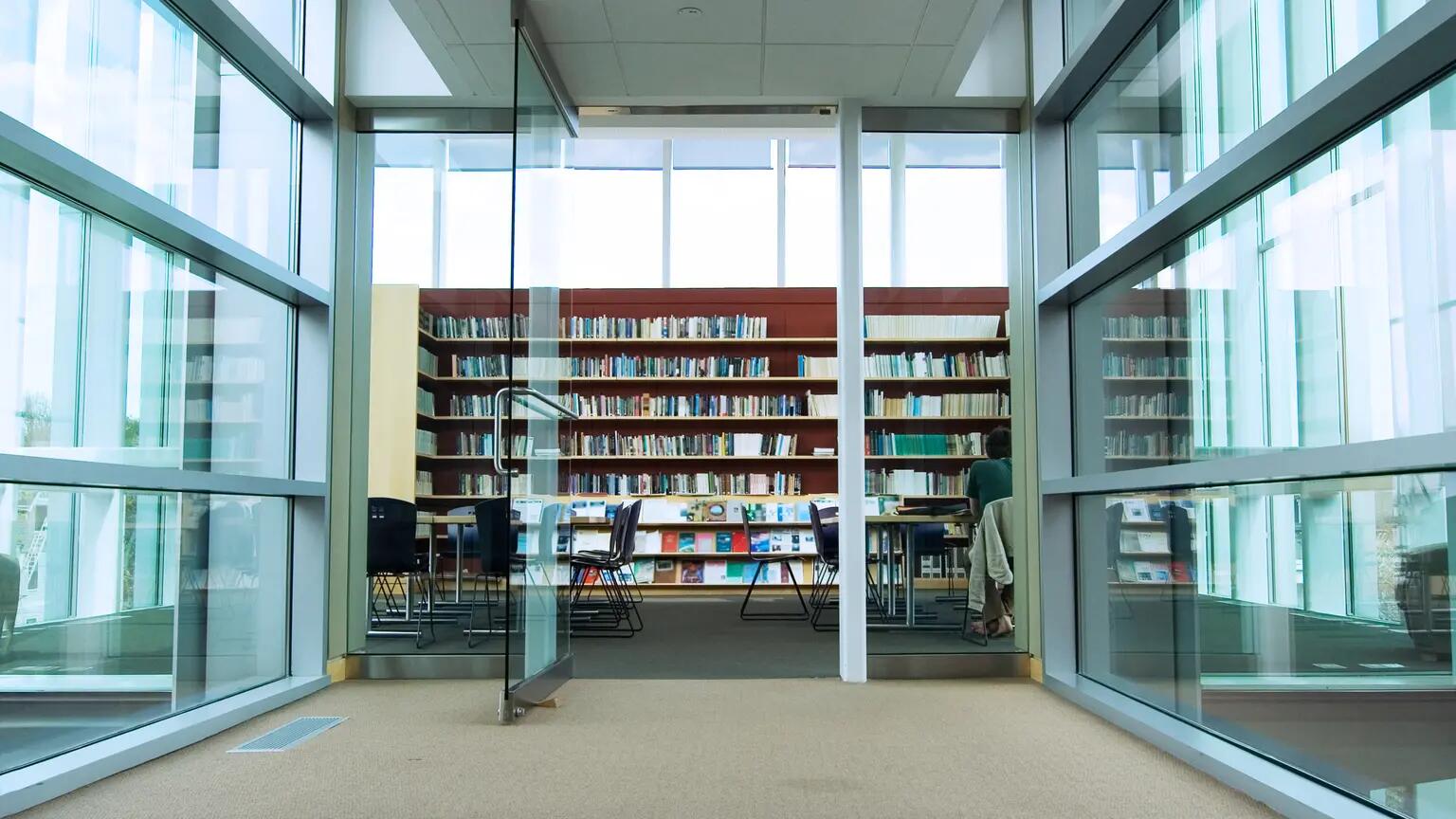Customer Overview
Founded in 1511, St John’s is one of 31 Colleges at the University of Cambridge. Colleges are self-governing; while they are part of the University, they have their own internal procedures and energy procurement. With more than 150 “Fellows”, 900 students, and 250 staff, St John’s is one of the largest Colleges in Cambridge











